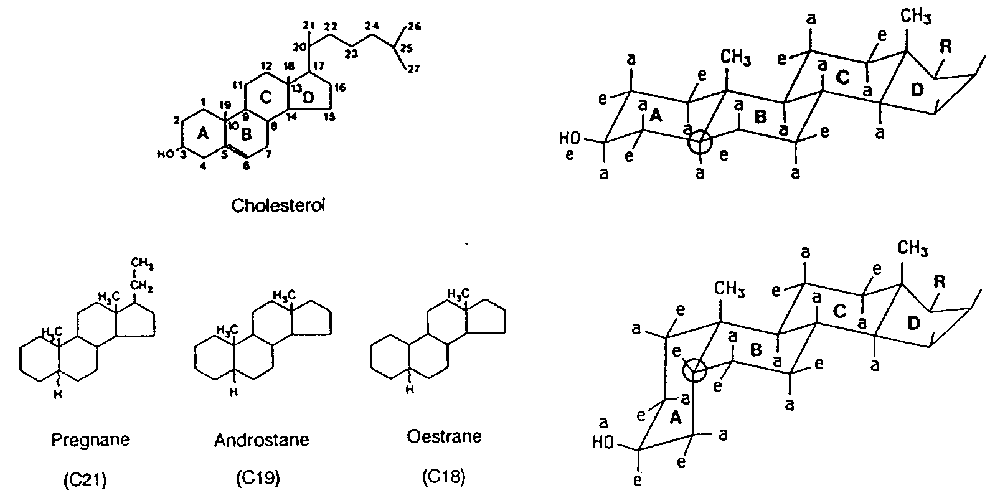
FIGURE 1. Structure and classification of steroid hormones.
(a) Top: structure of cholesterol, with numbering of carbons (1 to 27) and identification of cycles (A to D). Bottom: The three main classes of steroids ("parents compounds") derived from cholesterol, with number of carbons in brackets (C21 to C18). Pregnanes (C21) form the basic structure of progestins and corticosteroids, Androstanes (C19) of androgens and Estranes (C18) of estrogens (with of phenolic A- ring).
(b) Three-dimensional conformation of naturally occurring steroid hormones. Functional groups (or hydrogen atoms) are either in axial (a) or equatorial (e) position. Functional groups (or hydrogens) above the plane of the molecule are said to be in the "ß " position (e.g. the HO-group at C), those below the plane in "α" position (e.g. the hydrogen at position C5, bottom figure). Orientation of substituents at certain positions can be critical for the overall conformation of the molecule. Thus, orientation of the hydrogen atom at the A-B ring junction (marked by open circles in Fig. 1b) will determine whether the A and B rings are fused in a trans- (as in the molecule on top) or cis- (bottom drawing) conformation. This type of conformation (trans- or cis- A-B ring fusion) is often critical for biological activity. For example, 5α-DHT (see Fig. 3) has androgenic properties not shared by its 5ß-reduced analog, 5ß-DHT (see section on "Steroid Interaction with Target Tissues" for more details).